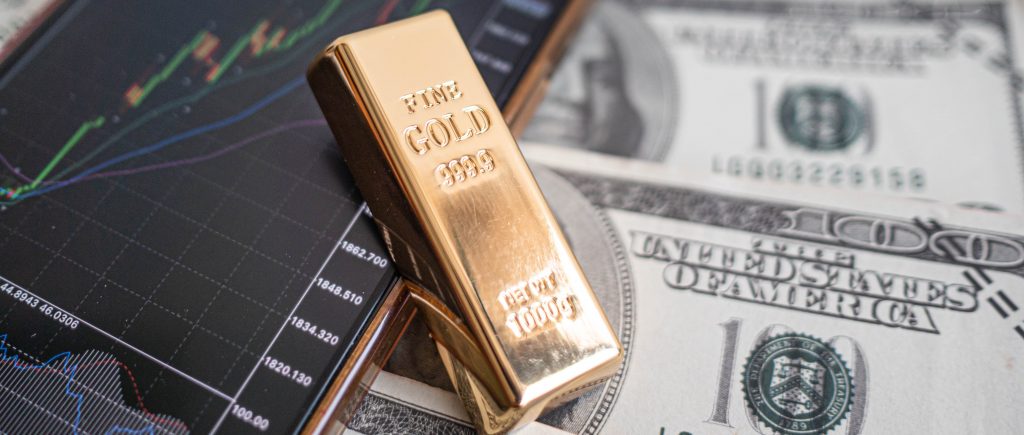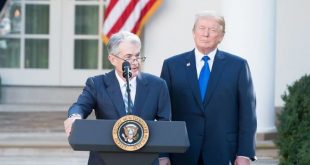Gold prices linger below $3,320, unable to capitalize on a weakened US Dollar and declining Treasury yields. Robust US economic data and looming Federal Reserve leadership changes introduce uncertainty, capping the metal’s upward momentum. This article explores why gold struggles to rally, what factors are at play, and what lies ahead for investors navigating this complex landscape.
Economic Data Overshadows Dollar’s Slide
Despite the US Dollar Index (DXY) dropping 0.59% to 97.13—its lowest since February 2022—gold prices remain stagnant. Strong US economic indicators have tempered expectations for a bullish run. Initial Jobless Claims for the week ending June 21 fell to 236,000, beating forecasts and signaling labor market resilience. Meanwhile, Durable Goods Orders in May surged 16.4% month-over-month, nearly doubling expectations, fueled by a boom in commercial aircraft orders. These figures highlight a robust economy, reducing the safe-haven appeal of gold.
However, not all data points to strength. The Bureau of Economic Analysis revised Q1 2025 GDP growth downward to a 0.5% contraction, worse than the initial 0.2% estimate. This mixed economic picture creates a tug-of-war: while a weaker dollar and lower yields typically boost gold, strong data keeps investors cautious, limiting gains.
Federal Reserve Uncertainty Looms Large
Policy shifts at the Federal Reserve add another layer of complexity. President Donald Trump is reportedly considering a new Federal Reserve Chair to replace Jerome Powell by October, with the transition set for mid-2026. This potential change introduces uncertainty, as investors must anticipate the new chair’s stance on monetary policy. Boston Fed President Susan Collins noted insufficient data to justify rate cuts in July, while Richmond Fed President Thomas Barkin warned that tariffs could drive inflation higher. Governor Michael Barr’s remarks align with this cautious approach, suggesting a steady policy path for now.
Money markets reflect this uncertainty, pricing in 63.5 basis points of easing by year-end, per Prime Market Terminal data. Yet, with potential leadership changes and inflationary pressures from tariffs, gold’s role as a hedge remains in question. Investors face a delicate balancing act, weighing policy signals against economic resilience.
From a technical perspective, gold’s price action tells a nuanced story. Hovering near the 50-day Simple Moving Average of $3,322, the metal remains upwardly biased but lacks momentum. This technical pause reflects the broader market’s indecision, as investors grapple with conflicting economic and policy signals.
Gold’s Path Ahead
For investors, the current environment demands vigilance. Gold’s inability to rally despite favorable conditions—a weak dollar and falling yields—underscores the dominance of strong US data. To navigate this, consider three steps: monitor upcoming jobs and inflation reports for clues on rate cut timing, assess the impact of potential Fed leadership changes, and track geopolitical developments, such as the de-escalation of Israel-Iran tensions, which could further dampen gold’s safe-haven demand. While gold remains a compelling hedge, its near-term path depends on clarity in monetary policy and economic trends. Staying informed and agile will be key to capitalizing on opportunities in this dynamic market.

 Noor Trends News, Technical Analysis, Educational Tools and Recommendations
Noor Trends News, Technical Analysis, Educational Tools and Recommendations




